
Infiniti FX35

Photos

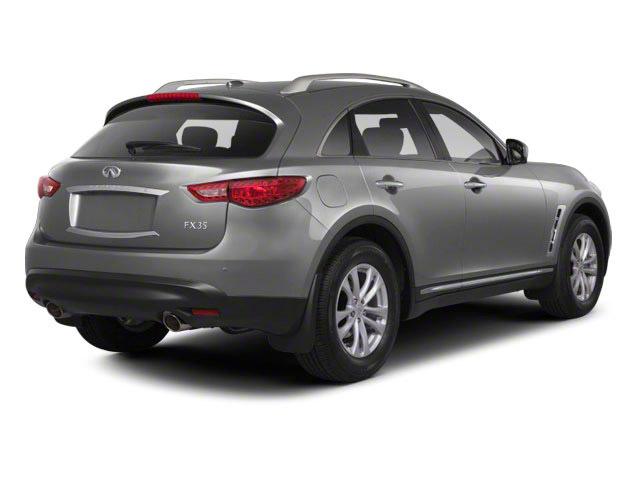
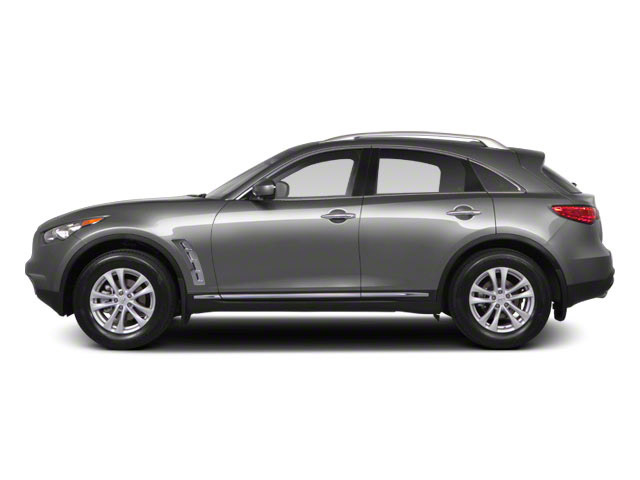


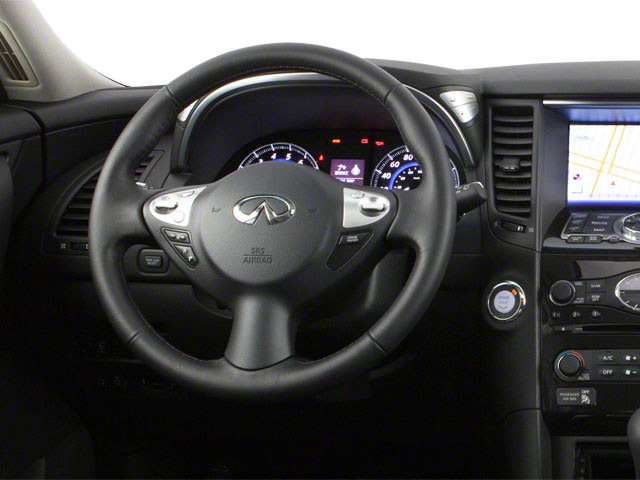
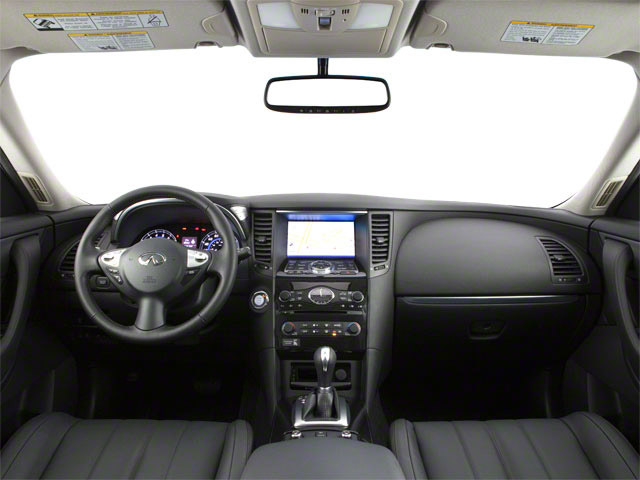
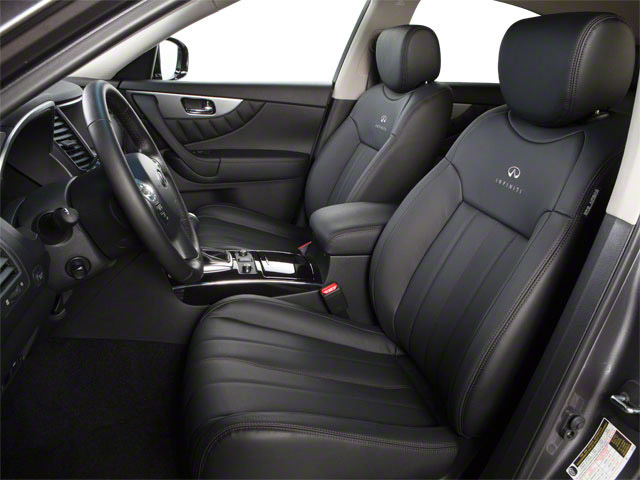

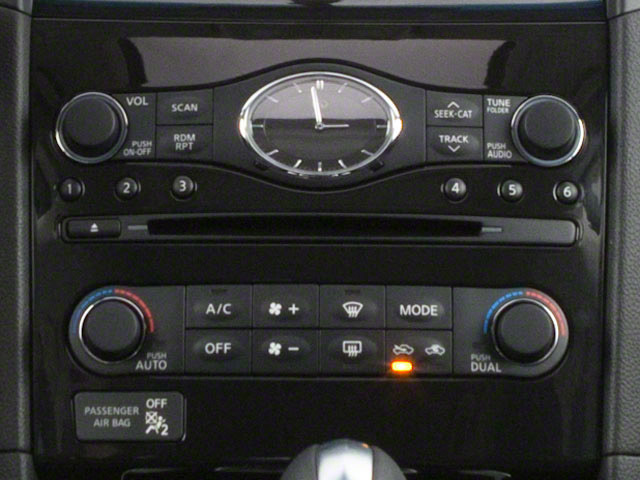
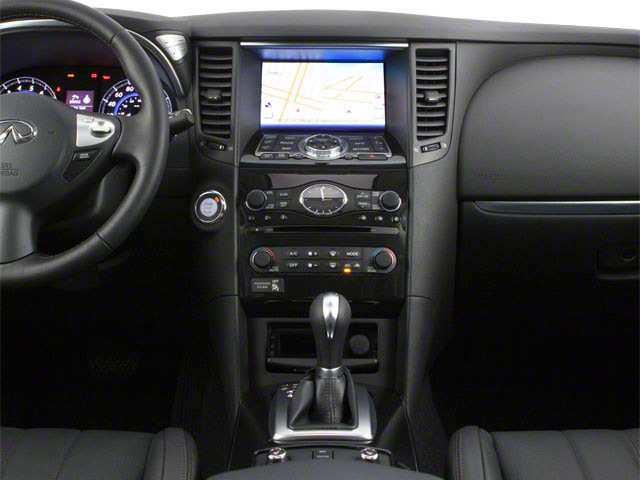
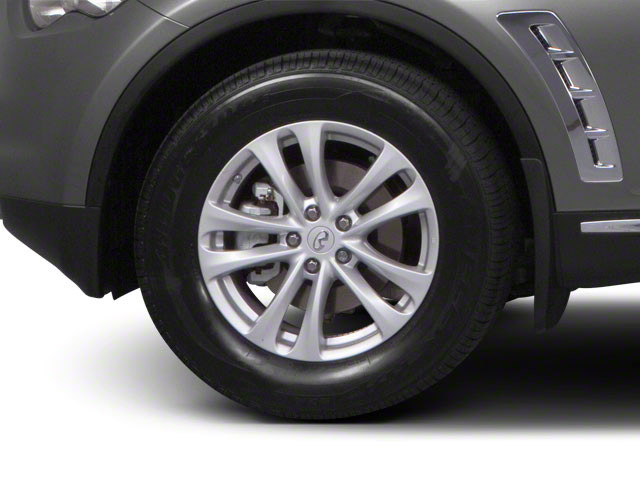
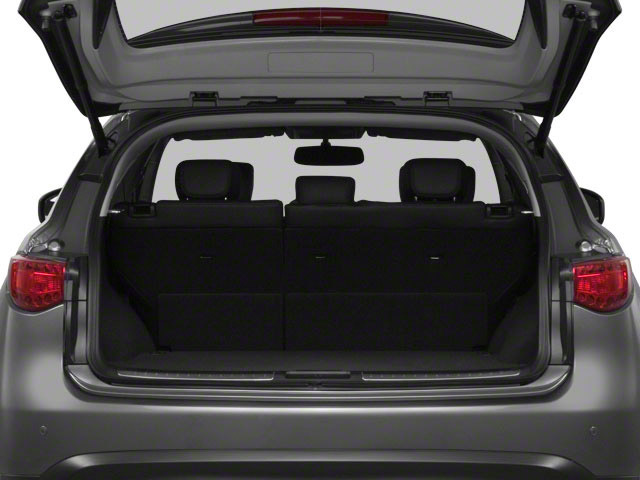
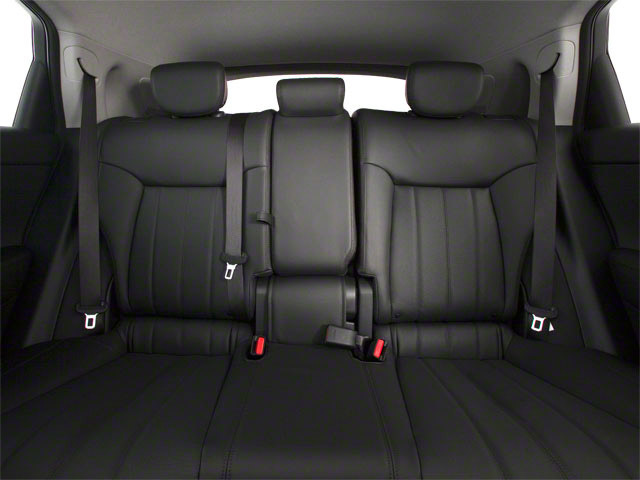
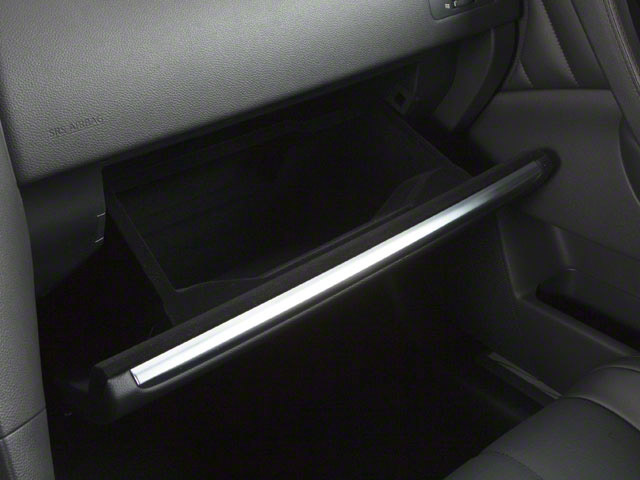
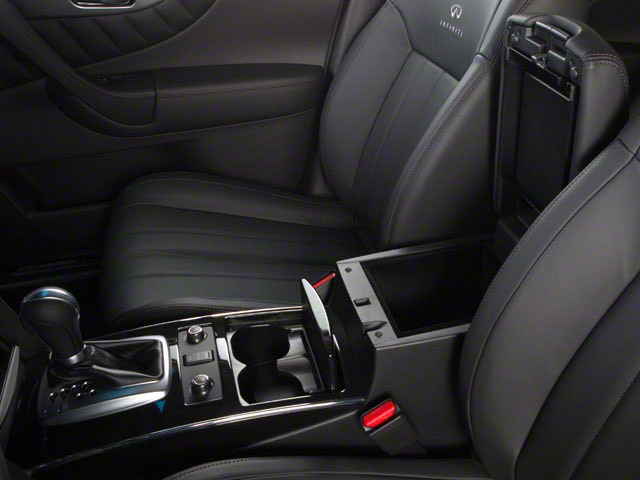
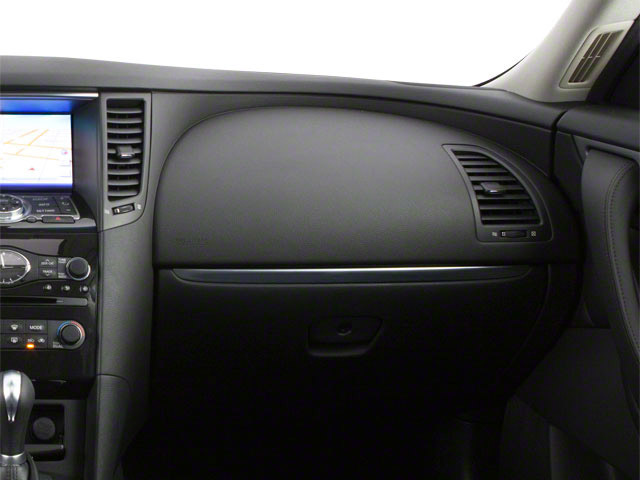
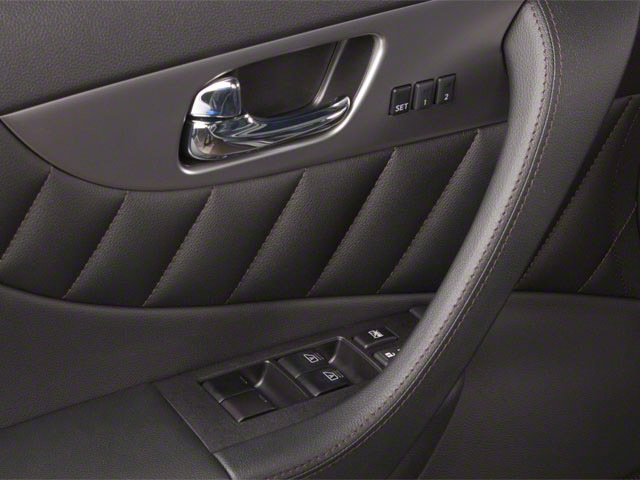
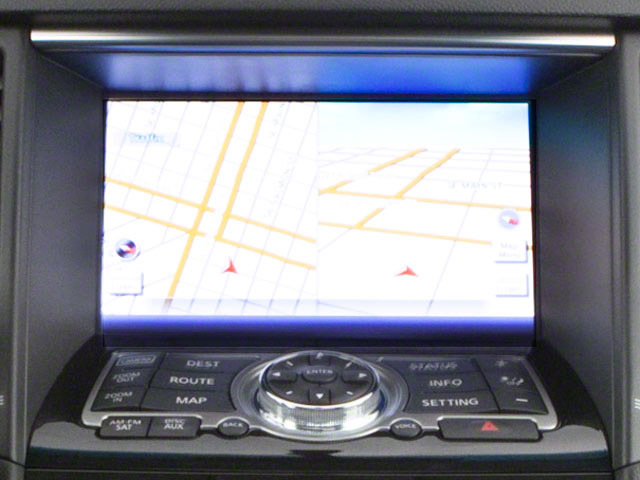
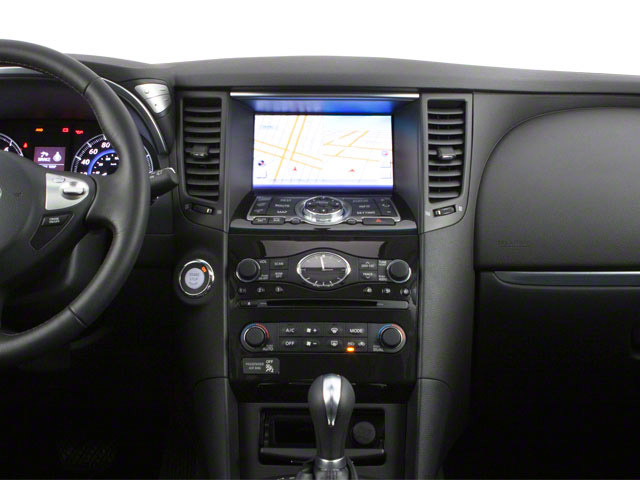




















Reviews and News
Owner Scores
This vehicle has not yet been reviewed
Recall Information
* Data provided by Transport Canada
Recall number
Recall date
System affected
Model year(s) affected
Recall number
2020-003
Recall date
2020-01-10
System affected
Airbag
Model year(s) affected
2003 2004 2005 2006 2007 2008
Manufacturer Recall Number:
Units Affected:
36,217
Notification Type:
Safety Mfr
Issue:
This recall is for certain vehicles that had an airbag inflator replaced as a part of an earlier recall campaign. This recall provides a final repair.
Long-term exposure to high absolute humidity and temperature, combined with high temperature cycling, may eventually degrade the propellant contained in the passenger-front airbag. This could cause the airbag to deploy with more force than normal. If the airbag inflator ruptures, fragments could be propelled toward vehicle occupants or cause damage to the airbag assembly, preventing its proper function.
Safety Risk:
If the vehicle is involved in a crash requiring an airbag deployment, the airbag inflator could rupture and create a risk of injury.
Corrective Actions:
Owners will be notified by mail and instructed to take their vehicle to a dealer to inspect the passenger-front airbag inflator. The passenger-front airbag module or inflator will be replaced as necessary. Note: The Canadian climate results in the propellant degrading slowly. This recall is being conducted as a precaution to address future risk. It is expected that all airbag inflators will be replaced before their function would be affected.
Recall number
2017-023
Recall date
2017-01-12
System affected
Airbag
Model year(s) affected
2005 2006 2007 2008
Manufacturer Recall Number:
PM665 / R1701
Units Affected:
51,545
Notification Type:
Safety Mfr
On certain vehicles, long-term exposure to high absolute humidity and temperature, combined with high temperature cycling, could eventually degrade the propellant contained in the passenger frontal airbag. This could cause the airbag to deploy with more force than normal. As a result, if the vehicle were involved in a collision that warrants airbag deployment, fragments could be propelled toward vehicle occupants, and the airbag assembly could be damaged, preventing proper function. These issues could increase the risk of injury. Correction: Dealers will replace the passenger frontal airbag inflator. Note: Canadian climate results in the propellant degrading slowly. The recall is being conducted as a precaution to address future risk, and is expected to replace airbag inflators before their function would be affected.
Recall number
2016-255
Recall date
2016-05-25
System affected
Airbag
Model year(s) affected
2003 2004
Manufacturer Recall Number:
R1618
Units Affected:
3,351
Notification Type:
Safety Mfr
On certain vehicles, long-term exposure to high absolute humidity and temperature, combined with high temperature cycling, could eventually degrade the propellant contained in the passenger frontal airbag. This could cause the airbag to deploy with more force than normal. As a result, if the vehicle were involved in a collision that warrants airbag deployment, fragments could be propelled toward vehicle occupants, and the airbag assembly could be damaged, preventing proper function. These issues could increase the risk of injury. Correction: Dealers will replace the airbag inflator. Note: Canadian climate results in the propellant degrading slowly. The recall is being conducted as a precaution to address future risk, and is expected to replace airbag inflators before their function would be affected. Note: This is an expansion of recall 2015210.
Recall number
2015-060
Recall date
2015-02-11
System affected
Steering
Model year(s) affected
2009
Manufacturer Recall Number:
Units Affected:
1,702
Notification Type:
Safety Mfr
On certain vehicles, the steering column upper bearing retainer may fail due to a manufacturing defect. if this occurs, the upper bearing may experience additional stress causing excessive play in the steering wheel. This could result in vehicle instability and increase the risk of injury and/or damage to property. Correction: Dealers will replace steering shaft on EX35/FX35/45 and replace steering column assembly on GT-R.
Recall number
2014-272
Recall date
2014-07-02
System affected
Airbag
Model year(s) affected
2003
Manufacturer Recall Number:
R1302 (Nissan), R1303 (Infiniti)
Units Affected:
20,412
Notification Type:
Safety Mfr
On certain vehicles, the passenger (frontal) airbag inflator could produce excessive internal pressure during airbag deployment. Increased pressure may cause the inflator to rupture, which could allow fragments to be propelled toward vehicle occupants, increasing the risk of injury. This could also damage the airbag module, which could prevent proper deployment. Failure of the passenger airbag to fully deploy during a crash (where deployment is warranted) could increase the risk of personal injury to the seat occupant. Correction: Dealers will inspect and, if necessary, replace the passenger airbag inflator. Note: This recall supersedes recall 2013117. Vehicles corrected as part of the previous campaign will require re-inspection and/or repair.
Recall number
2013-117
Recall date
2013-04-11
System affected
Airbag
Model year(s) affected
2003
Manufacturer Recall Number:
R1302 (Nissan), R1303 (Infiniti)
Units Affected:
55,824
Notification Type:
Safety Mfr
On certain vehicles, the passenger (frontal) airbag inflator could produce excessive internal pressure during airbag deployment. Increased pressure may cause the inflator to rupture, which could allow fragments to be propelled toward vehicle occupants, increasing the risk of injury. This could also damage the airbag module, which could prevent proper deployment. Failure of the passenger airbag to fully deploy during a crash (where deployment is warranted) could increase the risk of personal injury to the seat occupant. Correction: Dealers will inspect and, if necessary, replace the passenger airbag inflator.
Recall number
2010-383
Recall date
2010-11-03
System affected
Lights And Instruments
Model year(s) affected
2009 2010 2011
Manufacturer Recall Number:
R170, R173
Units Affected:
19,565
Notification Type:
Safety TC
On certain vehicles, the filament in the bulb of the Daytime Running Lamps (DRL) may burn out due to a shorter lifespan than expected. A loss of DRL illumination could render the vehicle less visible to other motorists and to pedestrians during daylight hours, possibly resulting in a crash causing property damage and/or personal injury. Correction: Dealers will replace the Daytime Running Lamp bulbs with a longer life type bulb.
Recall number
2006-377
Recall date
2007-01-02
System affected
Lights And Instruments
Model year(s) affected
2003 2004 2005 2006
Manufacturer Recall Number:
R111/R0607
Units Affected:
6,987
Notification Type:
Compliance TC
Certain vehicles fail to comply with the requirements of CMVSS 108 - Lamps, Reflective Devices and Associated Equipment. The stop, tail, and turn signal lamp function may be too dim when viewed at certain angles. Reduced visibility increases the risk of the vehicle being involved in a crash. Correction: Dealers will replace the rear combination lamps.
Recall number
2006-194
Recall date
2006-08-04
System affected
Lights And Instruments
Model year(s) affected
2003 2004 2005 2006
Manufacturer Recall Number:
R118
Units Affected:
7,573
Notification Type:
Compliance TC
Certain vehicles fail to comply with the requirements of CMVSS 108 - Headlamp vertical gradient. Correction: Dealers will install new compliant headlamp assemblies.
Recall number
2005-376
Recall date
2005-11-29
System affected
Fuel Supply
Model year(s) affected
2003 2004 2005 2006
Manufacturer Recall Number:
R101
Units Affected:
16,387
Notification Type:
Safety Mfr
On certain vehicles, the fuel filler hose may crack from exposure to ozone. This could cause fuel leakage from the hose while refuelling and the Malfunction Indicator Light (MIL) to illuminate as a result of the onboard diagnostic system detecting a leak in the evaporative emission control system. Fuel leakage, in the presence of an ignition source, could result in a fire. Correction: Dealers will replace the fuel filler hose.
Recall number
2003-278
Recall date
2003-11-10
System affected
Brakes
Model year(s) affected
2003
Manufacturer Recall Number:
R88
Units Affected:
1,540
Notification Type:
Safety Mfr
On certain vehicles, the tightening torque for the front brake caliper mounting bolts may not be adequate. This could result in the upper mounting bolt coming loose and falling out. If this occurs, it would allow the caliper to rotate on the lower mounting bolt and contact the inside of the road wheel. This would result in noticeable noise and vibration. If the vehicle continues to be driven in this condition, the lower mounting bolt could also come loose and fall out, resulting in separation of the brake caliper from the mounting bracket. This could damage the brake hose to the caliper or damage the road wheel, causing an air leak from the tire. Correction: Dealer will re torque the front brake caliper mounting bolts.
Recall number
2003-133
Recall date
2003-05-20
System affected
Label
Model year(s) affected
2003
Manufacturer Recall Number:
Units Affected:
940
Notification Type:
Compliance Mfr
On certain vehicles, the symbol embossed on the tether anchor cover is 2 millimetres smaller than required under CMVSS 210.1(4). These covers have been embossed with the label with a vertical dimension of 18 mm instead of the required 20 mm. Although the symbol is slightly smaller than is required, it is still large enough that it is easily recognized on the cover. The anchor locations are also clearly identified in the owner's manual. No corrective action required.
Recall number
2003-119
Recall date
2003-05-01
System affected
Powertrain
Model year(s) affected
2003
Manufacturer Recall Number:
R83
Units Affected:
8
Notification Type:
Safety Mfr
On certain vehicles, the transmission was replaced before being shipped from the assembly plant. This involved removing and reinstalling the propeller shafts. When the propeller shafts were reinstalled, the tightening torque of some of the attaching bolts may not have been to specification. Therefore, there is a possibility that those bolts may become loose. Correction: Dealer will replace all drive shaft bolts.
Select Another Vehicle






